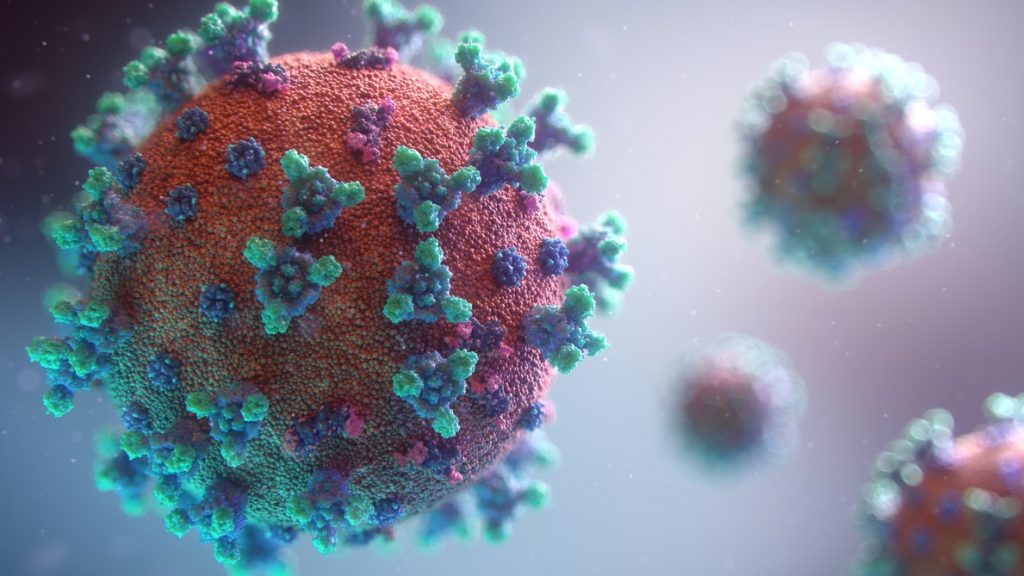
Based on a study, survival rate in patients with COVID-19 was improved with the use of colchicine, which are usually used for the treatment of gout and other inflammatory disorders as compared with standard of care (SoC).
The well-recognised anti-inflammatory effects and potential antiviral properties made it as one of the drugs that was considered for the treatment of COVID-19. 140 hospitalized patients who contracted COVID-19 had their outcomes evaluated as they were treated with SoC (hydroxychloroquine and/or intravenous dexamethasone; and/or lopinavir/ritonavir) and in 122 patients treated with colchicine and SoC.
The SoC group, have lower serum concentrations of C-reactive prottein and ferritin, as well as neutrophil count but higher PaO2/FiO2 ratio at baseline.
Survival when being compared over 21 days of follow-up, it was more favourable in the colchicine than the SoC group. A lower risk of death was strongly associated with colchicine, on Cox proprortional hazards regression (hazard ratio, 0.151).
At entry, there were a higher serum levels of ferritin, worse Pa02/Fi02 and poor survival at older age for the risk factors.
With no treatment discontinuation due to severe adverse events, colchicine had a good safety profile. In nine patients, dosing was reduced from 1 to 0.5 mg/day due to diarrhoea.
With the aim of preventing the patient’s autoinflammatory response, the current study provides proof-of-concept data supporting the possible use of colchicine in the treatment of the early phase of COVID-19.
To determine the efficacy and safety of colchicine, properly designed trials are needed with the best protocol in terms of dosage and timing of administartion in patients with COVID-19, said the researchers.
Share the post!





















